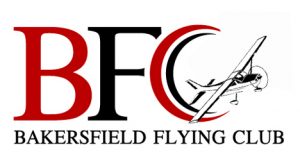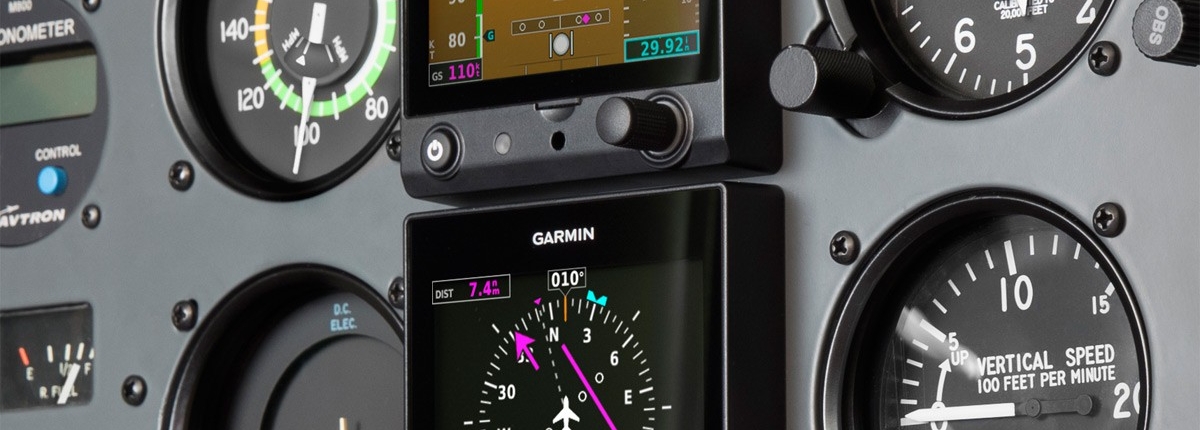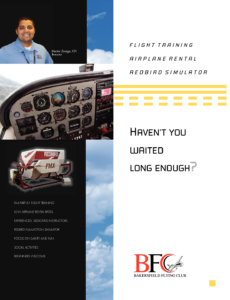Discovery Flight
Learning how to fly an airplane has never been easier or more fun than taking Discovery Flight lessons at Bakersfield Flying Club. Discovery Flight School familiarizes budding aviators to flying lessons by introducing them to instructors, airplanes and the exciting world of flying.
The Discovery Flight is designed to be a short inexpensive introduction to flying lessons that will give you the chance to meet our instructors, get familiar with the aircraft and airport environment, and experience the controls in flight.
Included in a Discovery Flight first flying lesson are the following:
- 25 to 30 minute Discovery Flight with an FAA certified instructor
- A concise introduction to the fundamentals of aviation
- Review of the flight instruments and radios in one of our classrooms, then a preflight the airplane
- Flight portion includes a take off, climbs, descents, turns, airspeed control, and then return for a landing
A discovery flight lasts 20 to 30 minutes in an airplane, which takes about two hours. You will review the flight instruments and radios in one of our classrooms. Alongside your FAA-licensed instructor, you will preflight the aircraft, taxi out, and perform an engine run-up. You will then take off and practice climbs, descents, turns, and airspeed control before returning for landing. $150 Fee applies, cash or check, or you can use Paypal to prepay for a discovery flight. Schedule your Discovery Flight today!
Contact us at bakersfieldflyingclub@gmail.com to schedule or if there are any questions.
Gift Certificate
You can pay as a gift safely online by clicking the “Pay Now” link below.
Make sure to provide us with your full Name, Address, Email address, and Telephone Number so that we can mail your Gift Certificate.
You will need to specify on the next page whether you are buying a:
- Gift Certificate
Then you will need to specify the amount:
- Some other amount for a Gift Certificate
Note that you do NOT need a PayPal account; you can click the “Pay with credit or debit card” link if you prefer.
See you in the air!
Brochure
Download our latest informational brochure describing how to become a pilot and why you should train with the Certified Flight Instructors at Bakersfield Flying Club!




